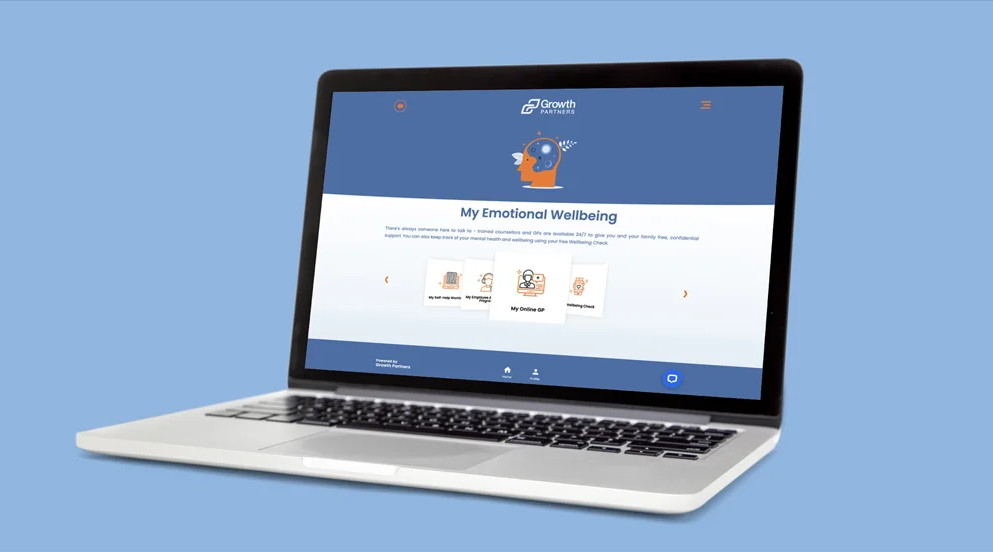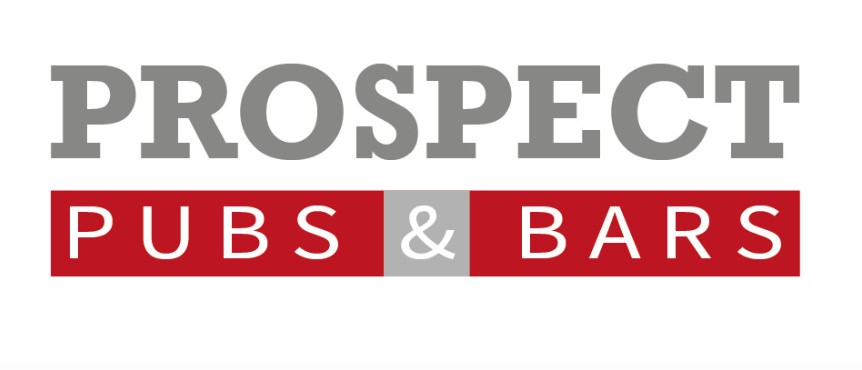BII Magazine (Spring 2024)
Polaris Elements collaborated with Growth Partners Plc to tackle what is takes to create and implement an employee wellbeing and engagement strategy.
We all know that our people are key to business success, agreed? And we all know the importance of having an effective people strategy to attract and retain staff. But is it working? Can we do more? And where is it on the to do list when reacting to the rising costs of doing business thanks to business rate increases, national living wage rises, energy costs… we could go on.
- Employee wellbeing strategy – a plan to outline how a business will protect and improve their employees’ emotional, physical, financial, and social wellbeing.
- Employee engagement strategy – a plan to outline how a business will create, shape and enhance a positive workplace and culture.
- People strategy – a plan to outline how a business will attract, retain and develop the workforce
Let’s take ‘employee wellbeing’
Investing in employee wellbeing is proven to reduce absence and improve performance and productivity. Sounds great. But what is it really? Most companies — in all sectors — have some employee benefits in place and most will include wellbeing services but having them and implementing them are two very different things with two very different outcomes. And then there’s the temptation to react to the never-ending number of awareness days or calendar of traditional events with food or prizes or worse still, the offer of a check-in with your manager. In isolation these actions are not going to achieve anything for businesses. Creating an employee wellbeing strategy within a people strategy requires a proactive approach to health and wellbeing. The two key terms here are proactive and employees. A strategy must ensure a tailored plan for the four pillars of wellbeing – physical, emotional, financial, and social – that aligns with the unique needs of the team. Understanding employees is essential for creating genuinely helpful initiatives, recognising variations across businesses.
This is key though – you can offer all of the employee wellbeing benefits in the world, but if they are not getting paid regularly and on time, they will not stick around. Payroll is the heartbeat of a business, ensuring your employees are accurately and promptly compensated for their efforts. In an industry known for its diverse workforce with varying roles and responsibilities, a streamlined payroll process not only contributes to employee satisfaction but also plays a crucial role in compliance with intricate labour regulations. The accuracy of payroll processing directly impacts employee morale and retention, as timely and error-free payments instil confidence and trust.
So where does employee engagement come in?
To gain real benefit from a great employee wellbeing strategy, businesses must consider how it is integrated throughout the organisation as part of a wider employee engagement and culture strategy. Employee engagement strategies should shape internal culture and must be lived and breathed by leadership teams and site managers and reflected in everyday activities. This is what brings the wellbeing strategy to life and gives it legs. Unless there’s a positive culture employee engagement efforts will fall on deaf ears.
And then there’s reward and recognition
Companies around the world are spending more than £36 billion on employee reward and recognition programmes. For clarification rewards are usually tangible gifts that are given to employees when they go above and beyond or hit a target. Recognition involves praise or simply saying ‘thank you’ or ‘well done’. So is it worth the investment? Yes. One of the top reasons employees feel demotivated is lack of recognition. The top five effects of being unmotivated are a decline in mood (62%) a reduction in productivity levels (49%) a decline in mental health (48%) a reduction in quality of work (39%) and decline in the quality of diet (30%). So a clear link to employee wellbeing. And when you add this to the idea that it’s recommended to recognise an employee every seven days (Gallup) suddenly reward and recognition has to be prioritised.
Which employee benefits are best?
This must come down to each individual business. What’s right for one workforce, may not be right for another. The starting point is understanding the people who work for the business. Our recent research with KAM found 49% of hospitality employees use gym discounts and 48% to use healthy eating programmes.
So, it may be great to offer gym discounts but not if your people work too many hours to make use of them. What can you do as a business to actively encourage take up of the benefits you identify as key? What can you do to be flexible – could you give people time to go to the gym on the way to or from work? So many good managers will know flexibility can often be the key to unlocking discretionary effort.
Once benefits are in place, effective communication is vital. Consolidating information in a single accessible platform, such as an app, is essential, given that 77% of employees express a preference for a centralised location for benefits. Streamlining communication methods is crucial, as only a third of employees prefer information via email, despite half receiving it this way.
How can we help?
Polaris Elements and Growth Partners work together to give operators access to cost-effective services that make employers’ and employees lives easier, happier, and healthier so that business can grow.
Polaris Elements provide advanced Workforce Management software backed up by reliable payroll processing. The labour deployment function will combine accurate sales forecasting to allow the optimisation of your staffing levels across all parts of the business. With error prone complicated spreadsheets or legacy software a thing of the past, you will be able publish shifts directly to your employees, releasing your teams to do what you pay them for, create great experiences and enjoy what they do knowing you have their backs.

Growth Partners provide financial, emotional, and physical wellbeing services with a dedicated employee engagement manager plus a monthly employee engagement support payment.
Scott Read, CEO of Growth Partners said:
“If you want an engaged workforce, check in with your payroll team or provider first. Getting pay right each and every time is key to building trust and makes your investment in an employee engagement and employee wellbeing strategy worthwhile. 3 in 4 hospitality employees say they are happier in their role because of employee benefits but the return on investment can be hard to justify. From my experience this tends to be down to a lack of focus on the employee engagement strategy. Remember, two things are key; proactive and employees. Make sure you know what makes your employees tick and proactively deliver this.”
Neil Westwater, Director of Polaris Elements added:
“Understanding the needs of your team is not just good business sense; it’s the linchpin for success in any industry. Paying attention to employee aspirations, whether it’s career growth, benefits, or workplace flexibility, is more than a managerial task – it’s about creating an environment where each team member thrives. Because in the broader landscape of employee satisfaction, we’re not just managing a workforce; we’re fostering a culture that values individual wellbeing and success.”
Let’s create your strategy
If you’re feeling inspired to create or update your employee wellbeing and engagement strategy we’ve created a simple guide to help. Use the checklist to see what you’re doing great at and where you could make some gains. Want to chat? Give us a call, we’d love to hear your thoughts on the impact of employee wellbeing and engagement on business growth.












